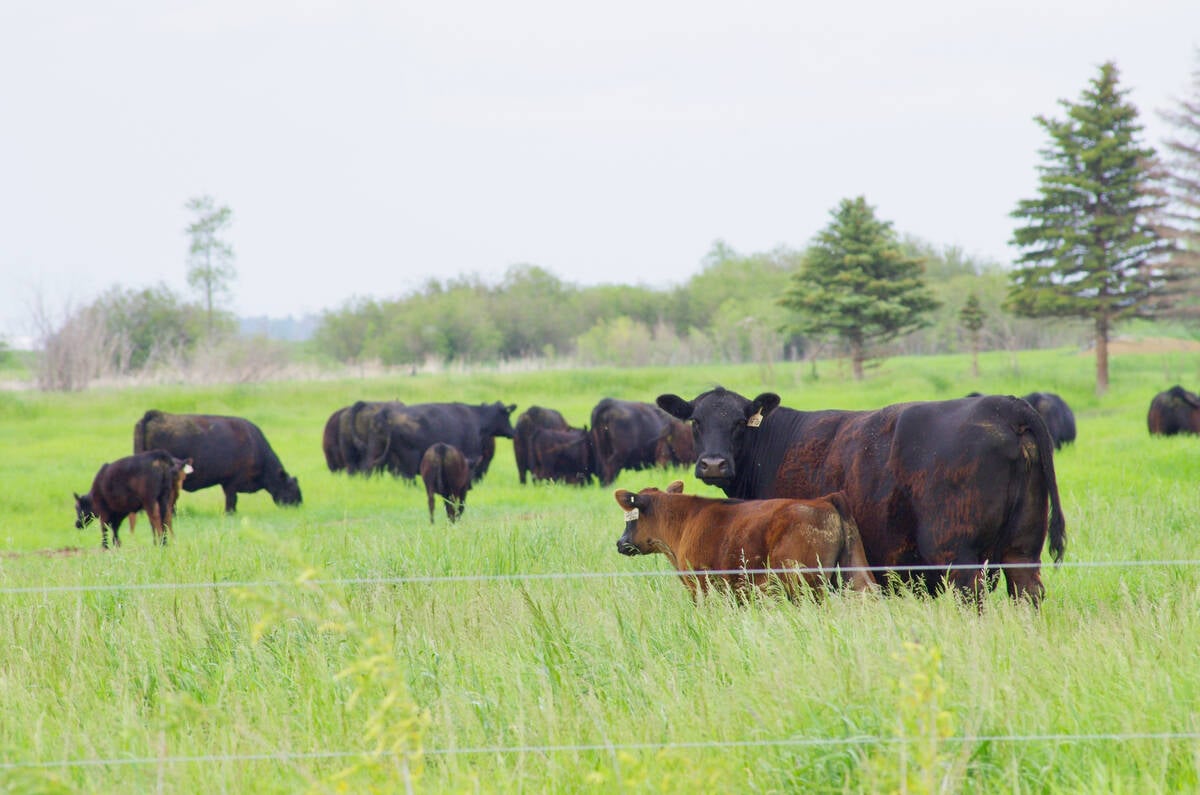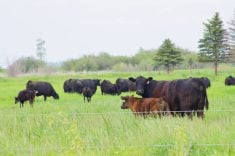Ten-year-old Emily Wall walks nervously up to the judge with her yearling alpaca in front of a crowd of people she doesn’t know.
From that point, judge Jane Tellier checks the alpaca’s teeth and feels the depth and quality of fleece. She expertly feels the animal’s body to check its bone structure and has a look at the little cloven feet.
Emily smiles, and the next entrant is summoned.
The Chinook Challenge Llama and Alpaca Show, held Mother’s Day weekend in Calgary, is just as nerve-wracking for the adults on hand.
Read Also

Tick research from the University of Manitoba focuses on insects and testing
Manitoba researchers are looking into the effects of tick and fly disease in cattle.
This is the first show of the season for llama and alpaca enthusiasts. And it is not confined to the Chinook belt of Alberta. Competitors from Manitoba to the Gulf Islands in British Columbia brought 135 llamas and 85 alpacas to what has swelled into one of the biggest shows in Western Canada, said show organizer Lorraine Guyn.
The industry had a boost in the last couple years, since Peru and Bolivia opened their borders and allowed exports to North America.
Under the big top at the Stampede Grounds no one could tell what the direct ancestry might be.
“Canadian animals show as well as the South Americans,”said Guyn.
In addition to leading the camelids through their paces in the show ring, spinners and weavers were on hand to show the spun yarn and garments they produced from llama and alpaca wool.
Some is mixed with merino sheep wool or silk fibres for added crimp or lustre.

















